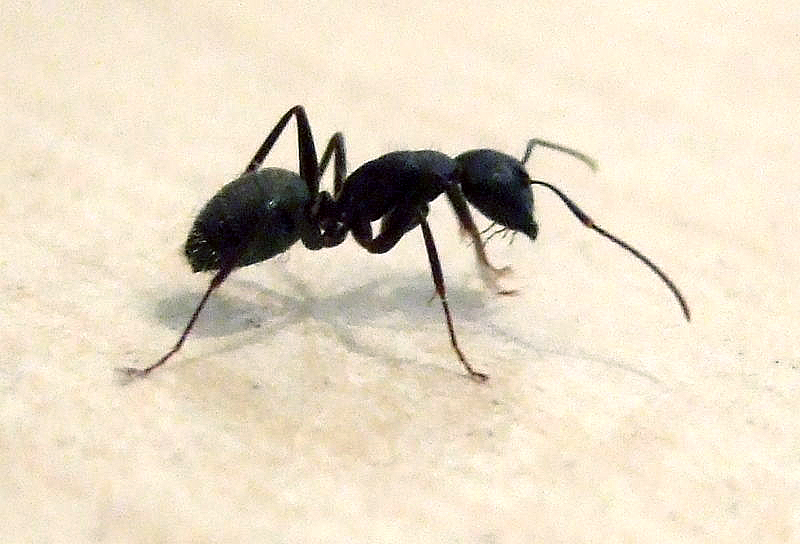
Our Guarantee
If you are not satisfied with the services provided to you within the guarantee period, you will receive a Full Money Back Refund *Terms and Conditions apply




Carpenter ants can enter homes and businesses via wet or damaged wood, but they will also enter by way of cracks, holes, gaps, etc around windows, roof eaves and doors, creating paths through healthy wood if necessary causing extensive damage if they’re not dealt with.
Although they do not sting, carpenter ants can inflict bites and they can also carry diseases from one area to another.
Although they do not sting, carpenter ants can inflict bites and they can also carry diseases from one area to another.
Carpenter ants prefer damp areas and may construct their nests anywhere in properties including walls, ceilings, attics, doors, window sills, shingles and insulation.
Yes. Since carpenter ants can carry diseases from one area to another; and although they do not sting, they can inflict bites.
Yes. Warm, damp conditions are ideal for carpenter ant colonies to establish themselves.
There are many indicators to look for. The presence of worker ants in your home is one of the first indications of a carpenter ant infestation.
Check all areas where you suspect moisture. If chewed wood, like sawdust known as “frass” is located, it is an indication of an active nest.
Flying ants in the home is also cause for concern and a professional in pest control should be consulted.

If you are not satisfied with the services provided to you within the guarantee period, you will receive a Full Money Back Refund *Terms and Conditions apply